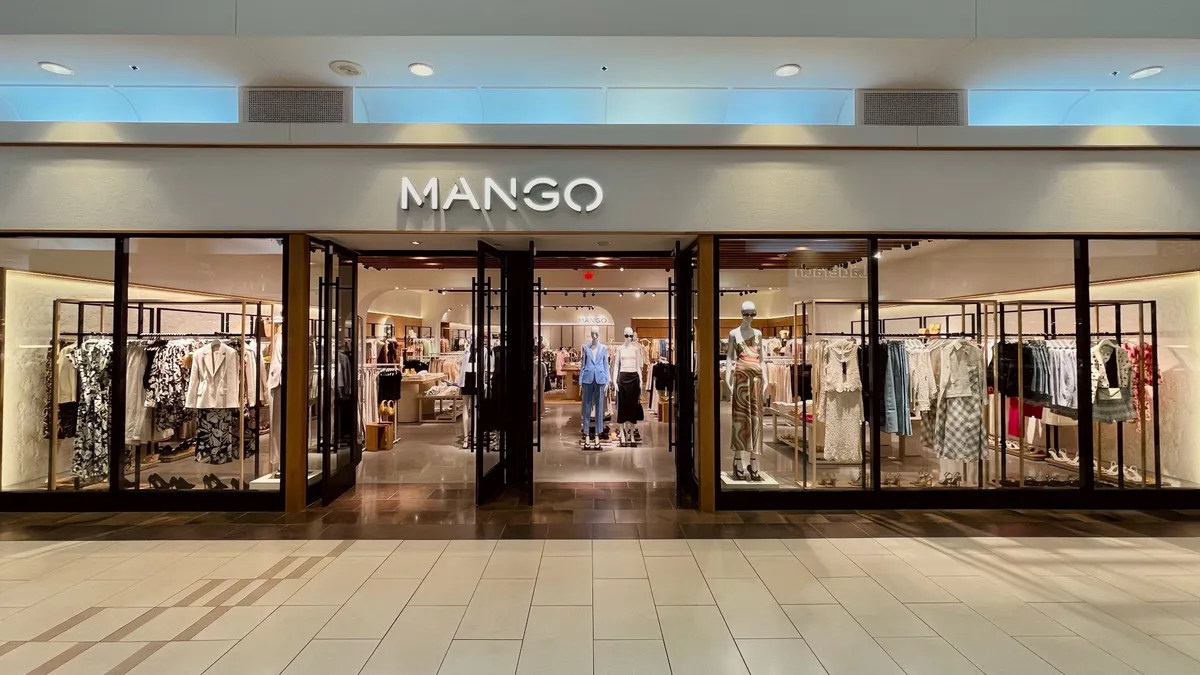Why does a supply chain management professional education organization need a program for kindergartners? Ask APICS CEO Abe Eshkenazi, and he’ll tell you that’s how early he wants students to start thinking about the supply chain.
"We need to be relevant to every aspect of society," he told Supply Chain Dive.
The kindergartner needs to start that early because the supply chain management field is heading in a new direction — a direction Eshkenazi has been hoping to see for years. "We’re starting to see supply chain professionals being recognized for the knowledge and value that they bring to organizations. We thought it would happen a lot sooner, and we thought it would happen more."
At the APICS 2018 conference, speakers and attendees described the expanding roles of supply chain professionals. Evolution is never clean, and certainly not all organizations have caught on to the strategic importance of the supply chain. But those that have are harvesting value and finding themselves more nimble in an age where challenges, competition and technology is setting a breakneck pace.
Four trends, based on presentations and conversations with attendees at APICS 2018, highlight these shifts.
An industry in transition
The supply chain industry and organizations such as APICS have been slow to adapt to what businesses need. As CEO Abe Eshkenazi said to Supply Chain Dive at the start of the conference, "We’d like to say we’re ahead of the game. We’re not."
The entire rebranding of APICS to Association for Supply Chain Management, announced on day one, centers around not only continued education and training but looking at the workforce development in companies with a more holistic view. "For 60 years we focused on the individual, preparing them to get a job, be confident, be capable, advance their career, and it worked. It was very successful," Eshkenazi said.
During the 2000s, this kind of success was due to a focus on individual professionals, but now everything has shifted toward companies developing programs for their teams as they want their supply chain professionals to go beyond subject matter expertise.
Now, "you’re expected to lead an organization cross-functional, cross-cultural, cross-country ... and expectations are significantly higher than they were before," Eshkenazi said.
The transformation to this kind of supply chain professional who can even earn a seat in the C-suite is encouraging, but there is a sense that some friction will result due to the gap between what the past generation of professionals wanted out of their careers and what the next generation seeks. The generation in the middle may find themselves challenged to fit into either group.
Buzzword: demand chasing
One of the phrases on repeat across various sessions was "demand chasing" — what happens when suppliers adjust their production in lockstep with the rising and falling demand for goods. In an expanding economy, chasing that demand can wreak havoc on suppliers' inventory levels if they are not properly mapping out the profit margins connected to their products.
As Jimmy Chen, assistant professor at Bucknell University School of Management offered, early orders come in, and those initial orders paint a picture of demand — which the rest of the organization then follows, and in come the reorders.
For the supplier, these reorders are a double-edged sword, especially in a hot economy where demand is likely at its height. Dr. Chen argued that this is where a higher segmentation of products, and the supplier’s ability to control it, can pay off.
Not all orders are created equal and, while high profit margin products on expedited reorders mutually benefit both parties, low profit margin products do not. In order to protect their capacity and inventory levels from going askew, businesses need to know which orders are worth pulling out all the stops for and be ready to say a polite "no" to ones that don’t pay off in the end.
Selling the supply chain
A more integrated view of the supply chain is coming, but it hasn't quite gone mainstream yet, and organizations that have officially and strategically linked sales, operations, marketing and supply chain functions generally have something in common: supply chain advocates.
Anna Barej, senior director of global supply chain sourcing and international markets at McDonald’s, is one such advocate. Though corporate McDonald’s has recognized the strategic value of indirect procurement in the success of the business, the bulk of Barej’s work is done with and for the company’s global franchisees.
"We have to figure out how to deliver value in a very strategic way, where we have a dialogue market by market, function by function in a way that solves their problems and then some, and that’s how we’re invited to the table," said Barej.
She added that pushing the value of her function and the necessity for it to be part of strategic conversations at the corporate level has to be reinforced over and over, especially when new executives come to the company.
Barej called the necessary attitude of always emphasizing value a "consulting mindset."
Tech is not adopted yet, but you better understand it
For the big players in supply chain, technology spend is like breathing, but for smaller companies, the value of technologies like blockchain, machine learning, artificial intelligence, IoT and robotics is still being worked out.
Still, Eshkenazi explained that the time it takes from the introduction of a new technology to the need for a deep understanding of the implications for the supply chain has shrunk from roughly three years to six months. "Companies saying 'I don’t know if we need to implement it, but you better understand what the implications are for our organization,'" said Eshkenazi.
He added, and panelists across the conference agreed, good technology implementation is ultimately about people.
"Before you rush to a tool, figure out if you have the right people to make that tool work," said Christine Barnhart, project manager at Infor.
Correction: In a previous version of this article, Abe Eshkenazi's title was incorrect. He is the CEO of APICS.























